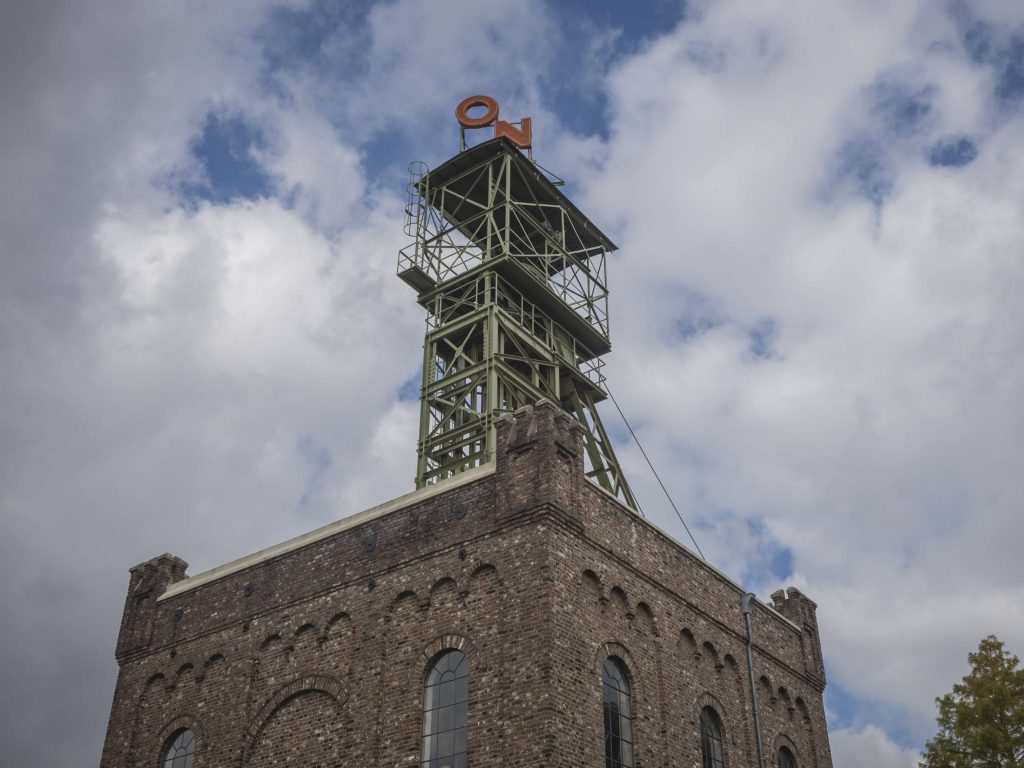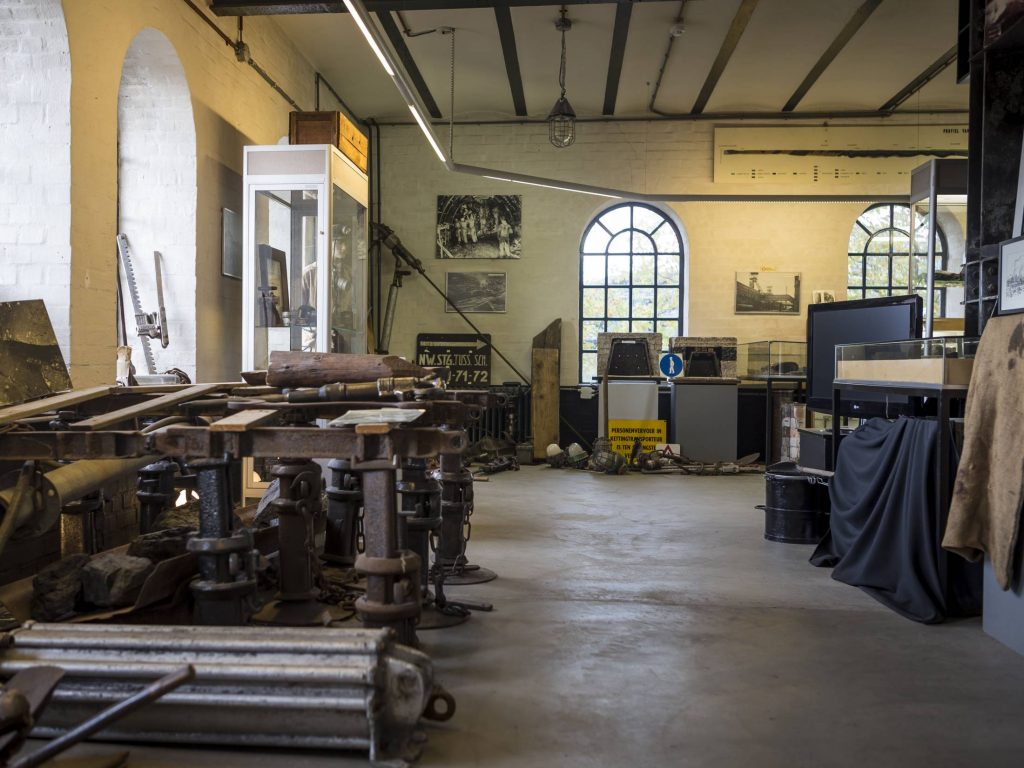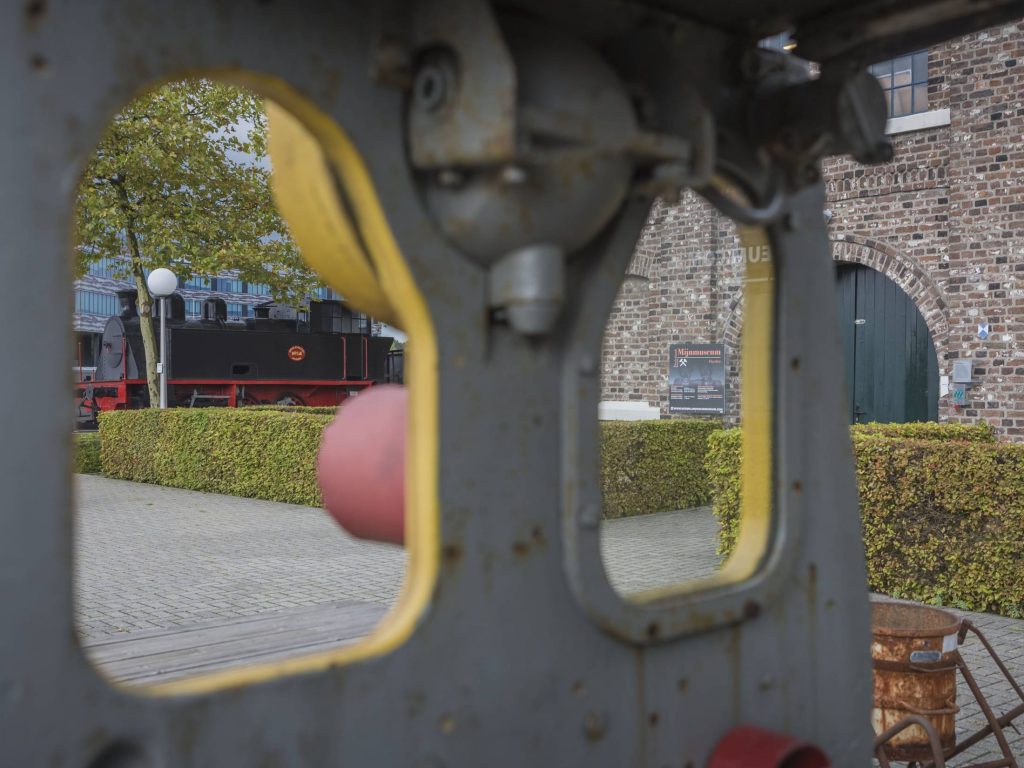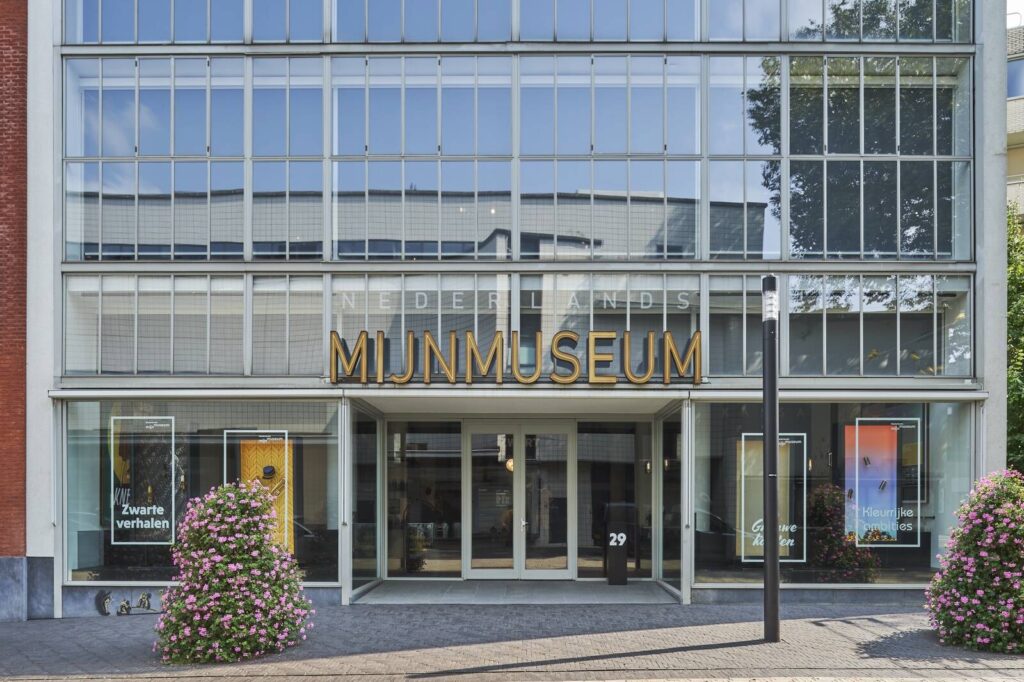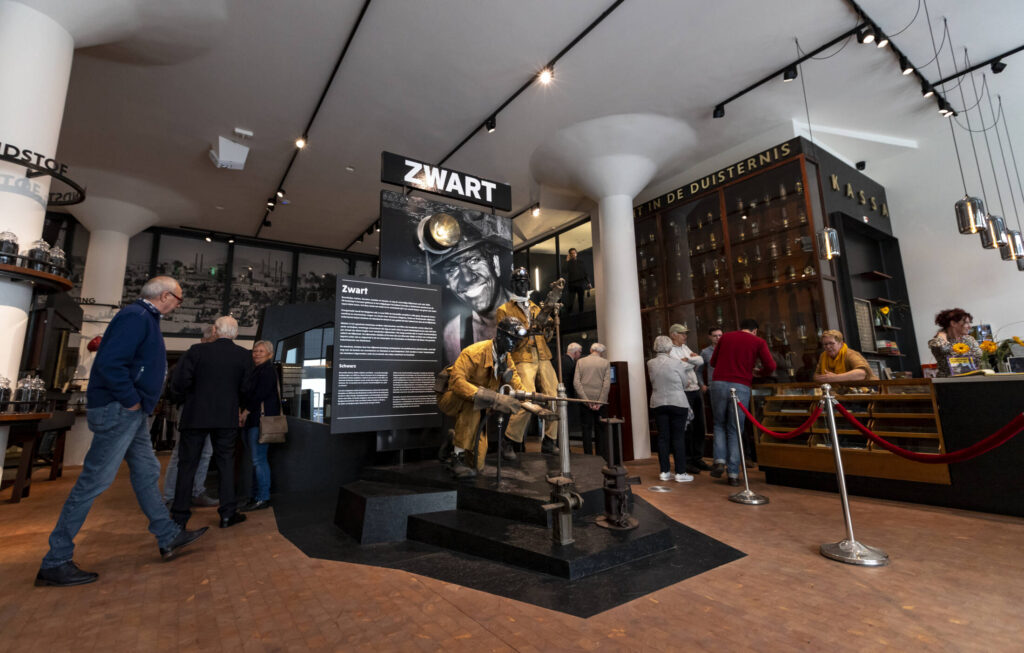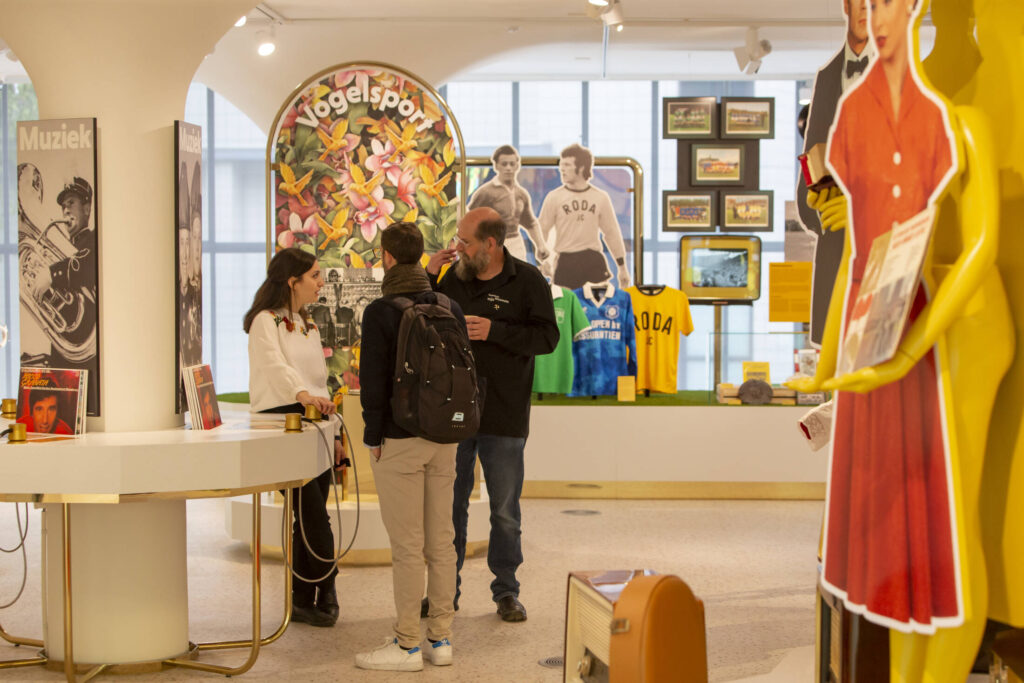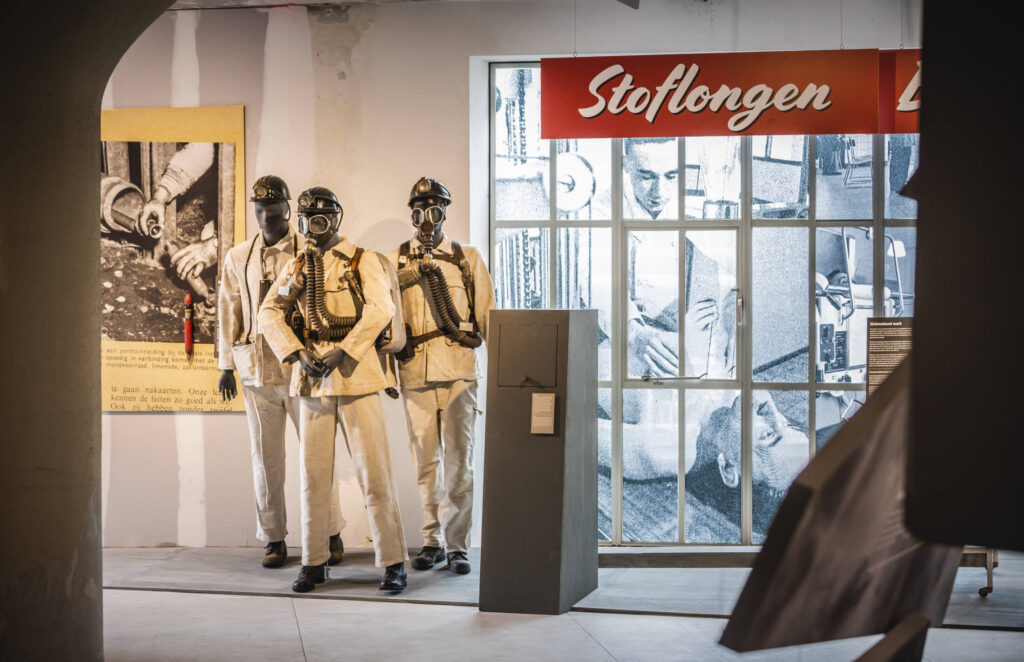The Romans also mined coal
Nederlands Mijnmuseum, Heerlen
Until well into the 1960s, we burned coal in stoves to heat our homes. In this region, the Romans were already using coal two thousand years ago. They built houses with underfloor and wall heating. Stacks of tiles found in many Roman villa excavations show what the heating system looked like beneath the floor.
From the late 19th century onwards, coal was mined on a large scale in Heerlen. The turbulent story of coal comes to life at the Netherlands Mining Museum.
In the city centre of Heerlen, the economic heart of the former mining region, you will find the main location of the Netherlands Mining Museum. The museum is housed in a monumental department store from the 1940s. Here, the mining past is literally and figuratively displayed in the shop windows. On four floors you can discover the many “shades” of mining history.
The Oranje-Nassau I Mining Monument is also part of the museum. This iconic shaft and winding house is one of the few physical remains of the mining past in Limburg. Volunteers here tell stories about underground life, and you can admire the shaft and the impressive winding machine.
Adress:
Main location
Dr. Poelsstraat 29
6411 HG Heerlen
Mining Monument ON I
Mijnmuseumpad 2
6412 EX
Heerlen
Discover
- Experience the different “shades” of Limburg’s mining past at the main location of the Netherlands Mining Museum
- Discover one of the last physical remains of Limburg’s mining history: the Oranje-Nassau I Mining Monument
- Taste the region with the “Mines & Wines” package
Fun to know
- Green underground energy
- Almost all of the Netherlands was heated with South Limburg coal until the 1960s. Today we increasingly use sustainable “green” energy from the sun and the wind. The old mine galleries beneath the Netherlands Mining Museum are now also producing green energy. The mine water stored in the old shafts is used to heat and cool homes and offices in Heerlen.
- Heerlen – industrial city
- Heerlen was an important industrial centre both in Roman times and just a few decades ago. In today’s Heerlen, traces of this rich mining past can still be seen everywhere: the high mining tower of Oranje-Nassau I, the small miners’ cottages, and the luxurious villas of the mining engineers. In Roman times, the focus was not on coal, but on the large-scale production of pottery. More than forty Roman kilns have been discovered.
